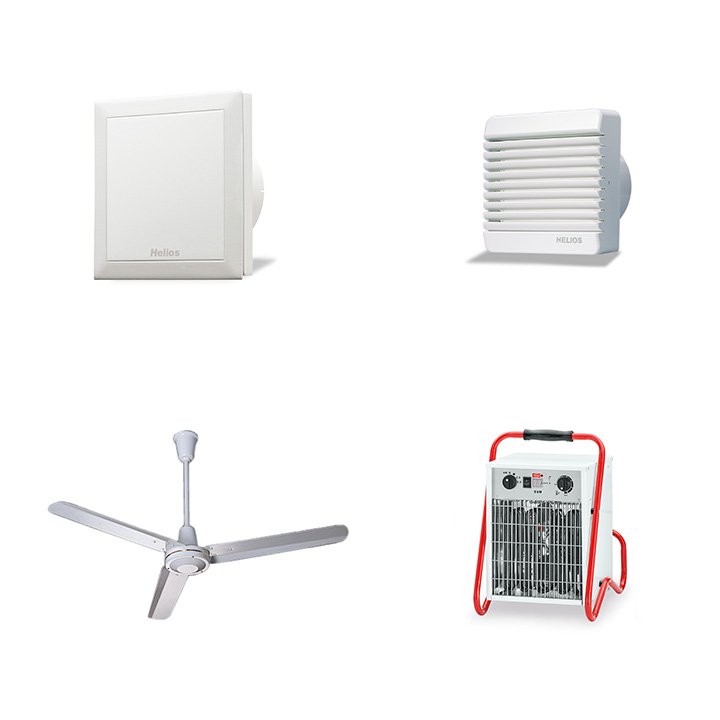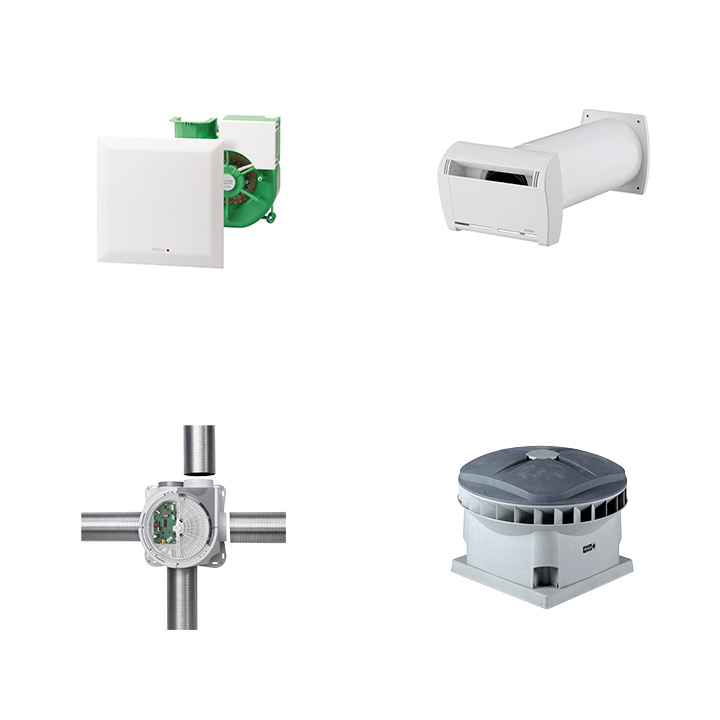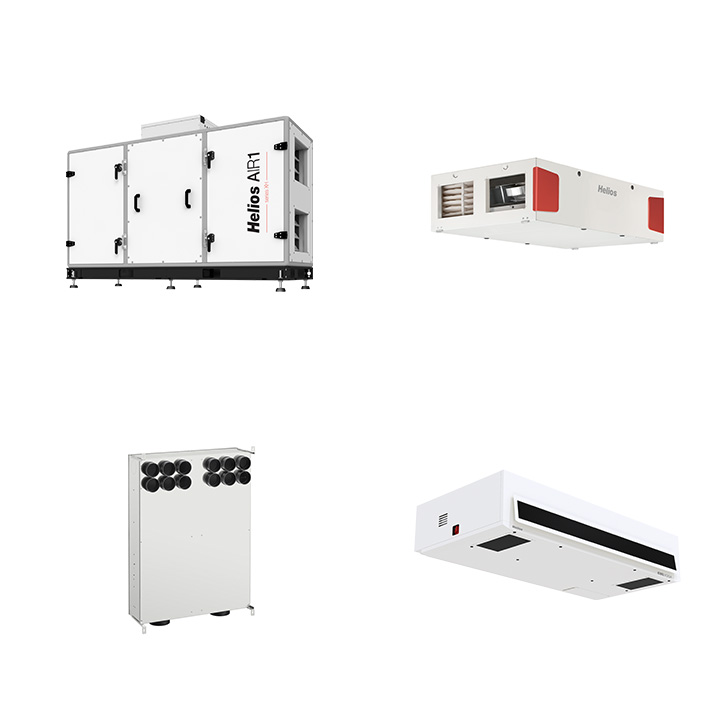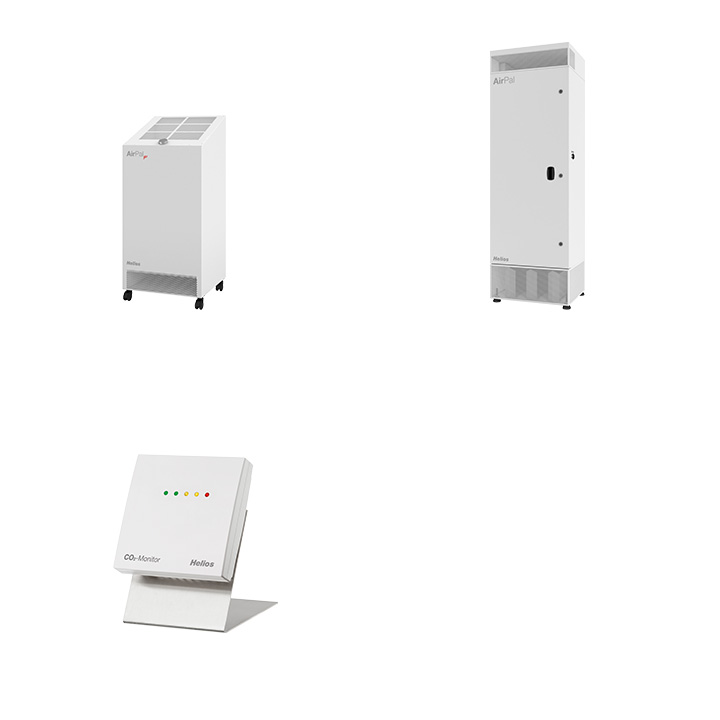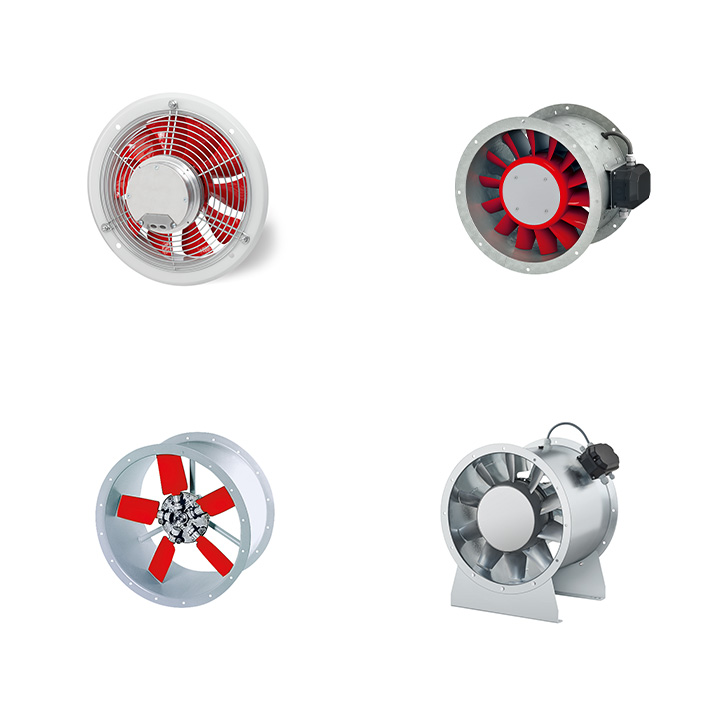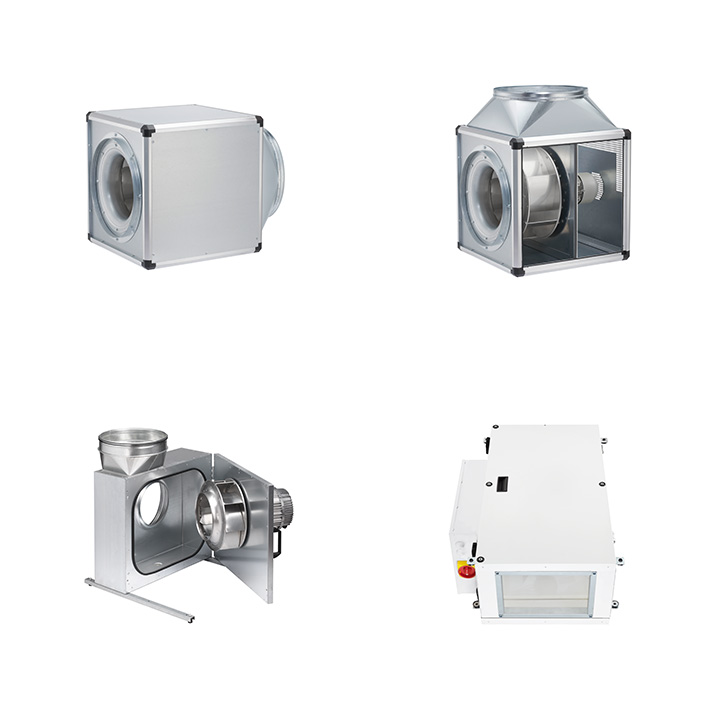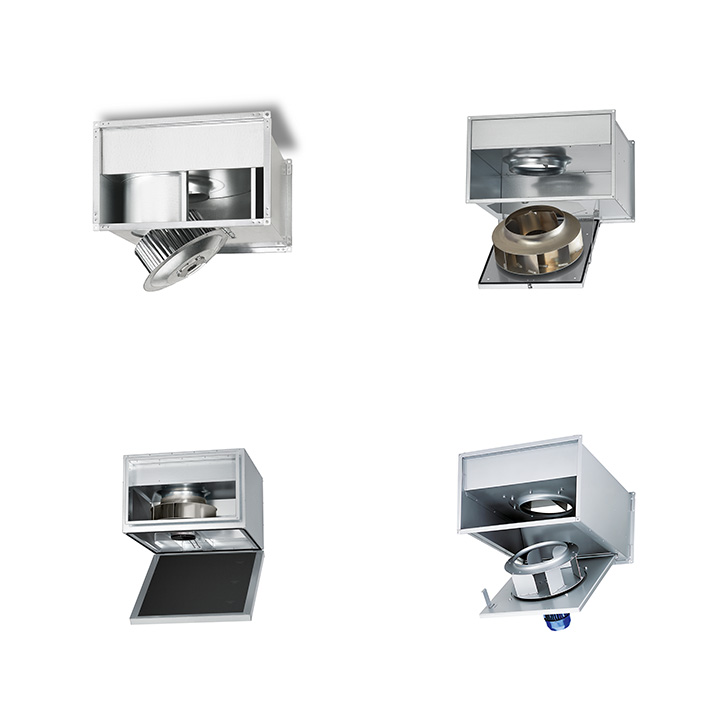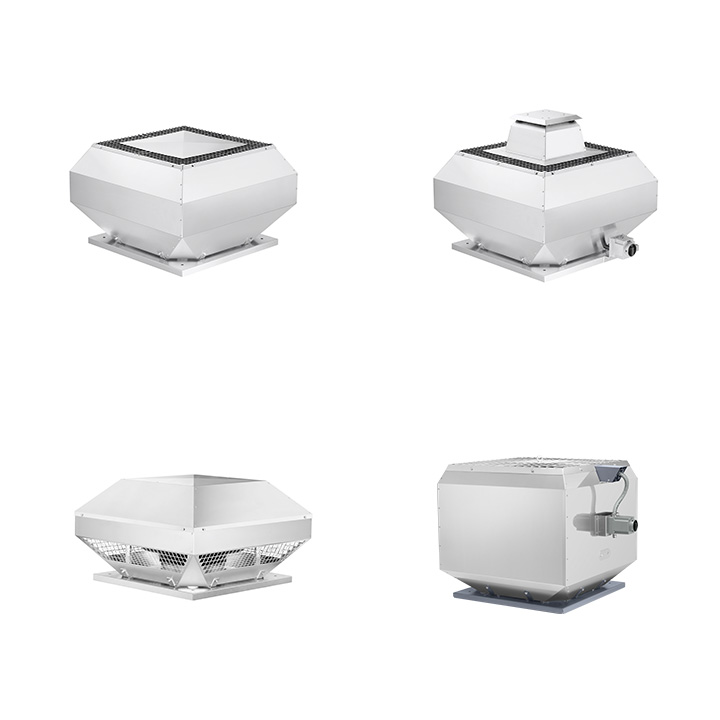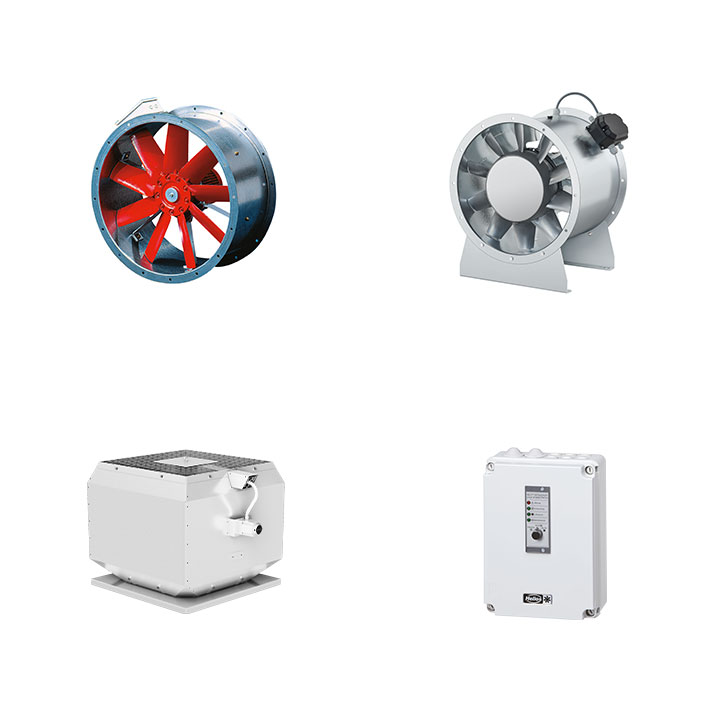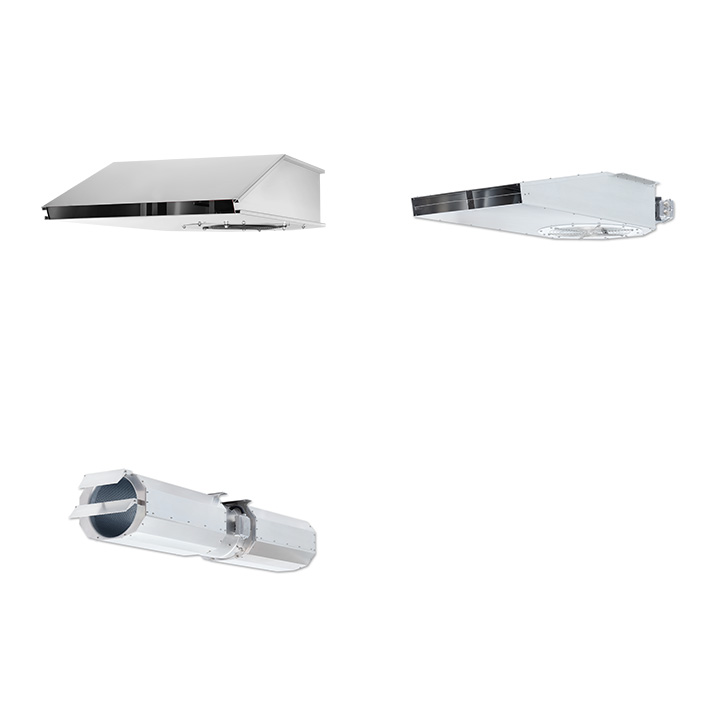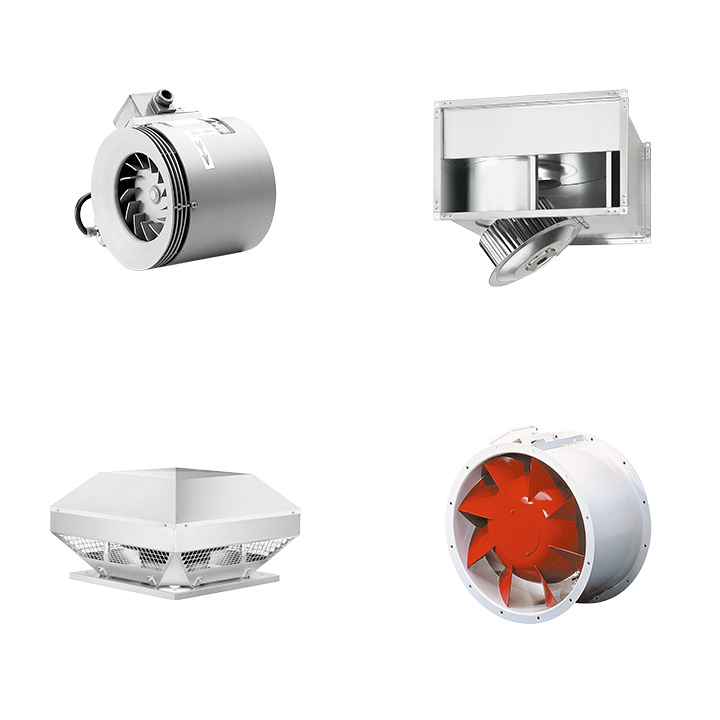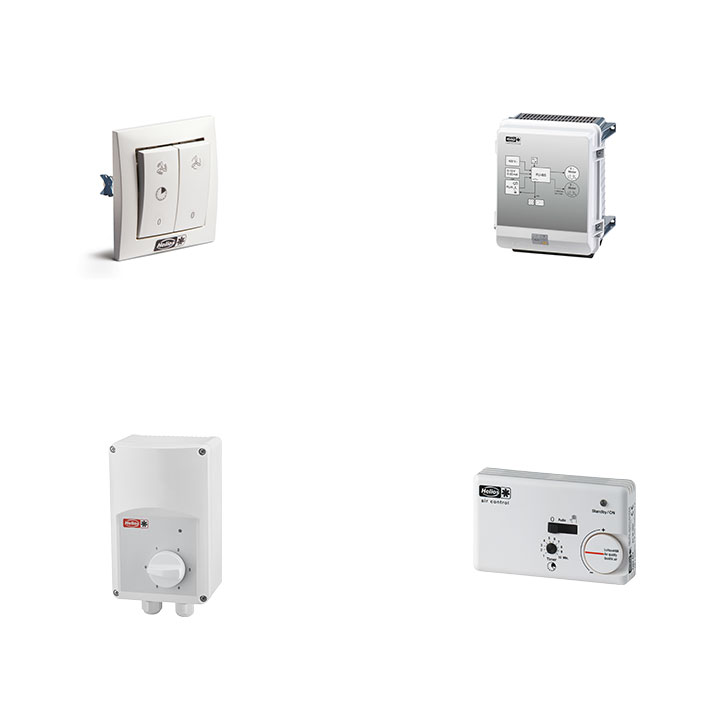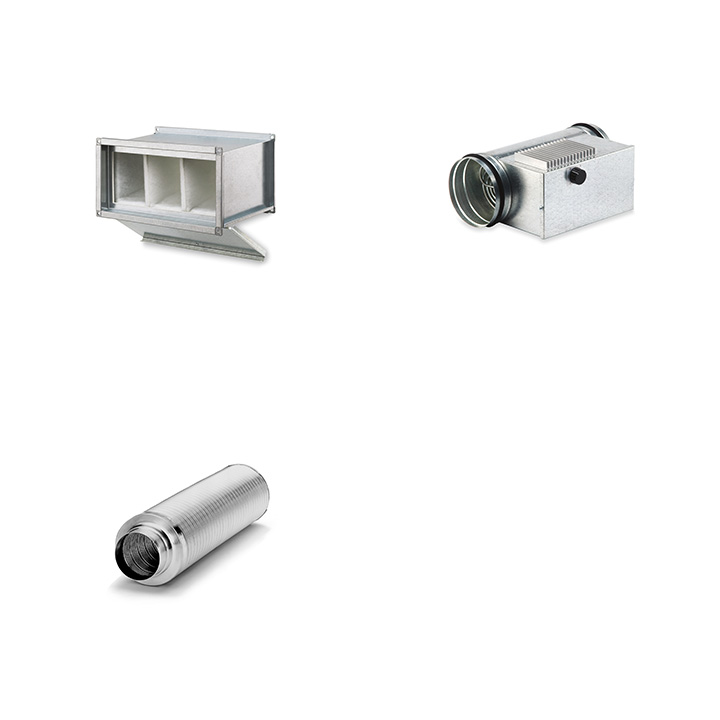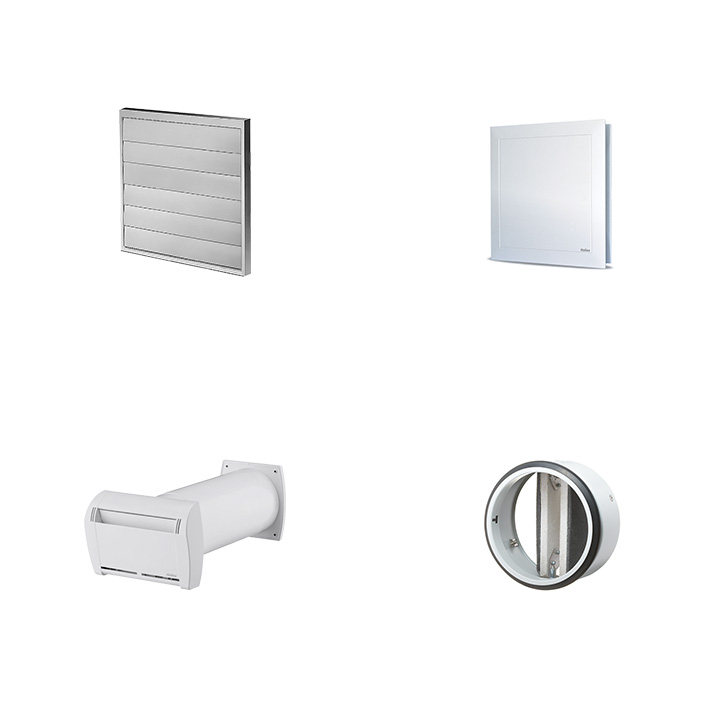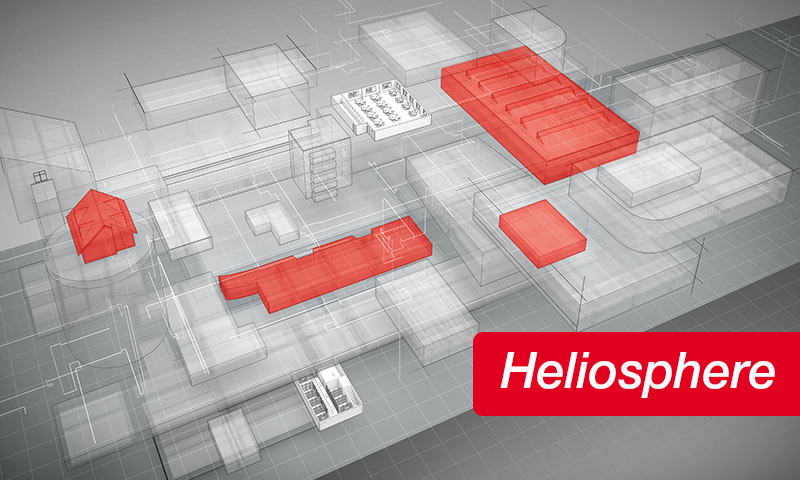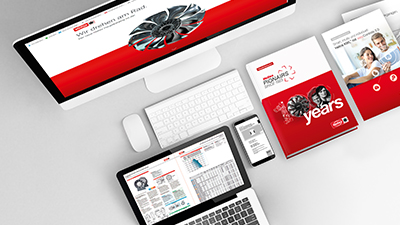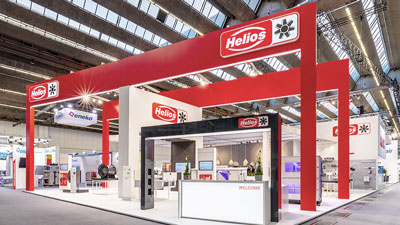In the FAQ section we have documented and answered the most common support inquiries for you. This area is still under development and will be continuously expanded with further topics. We are starting with the ELS NFC category.
Yes, ELS NFC can also be used without an NFC-capable smartphone. In this case, the device works with the preset factory settings. Subsequent adjustments are possible at any time. In principle, almost every modern smartphone has an NFC interface.
For Android devices: Open the “Settings” and enter “NFC” in the search bar. If no results are displayed, your smartphone probably does not have NFC.
For iPhones: All iPhone models from the iPhone 7 onwards support NFC.
Note on app compatibility: With the next update, the app will automatically check whether the device used supports NFC. If this is not the case, a corresponding warning will be issued (for example, when used on an iPad).
The position of the NFC antenna can vary depending on the manufacturer and model of the smartphone. On iPhones, it is usually at the top, while on Android devices it is usually on the back of the device.
Open the app and start the connection. Hold your smartphone to the NFC points of the ELS. The configuration data is now loaded. Then remove the smartphone, make the desired changes and hold the smartphone to the NFC point again to start the transfer.
To establish an NFC connection, the smartphone should be held as close as possible and parallel to the control unit. This ensures optimum energy transmission between the smartphone antenna and the antenna of the ELS control unit. The distance required is comparable to that for contactless payment with a debit card: the device must be placed directly on or positioned at a very short distance from the reader.
The ELS app is used exclusively for parameterising and adjusting the device settings.
Important: The airflow rates must be set by a specialist installer, as compliance with the DIN specifications is essential. The ELS app is therefore expressly not intended for end users.
Thanks to the NFC function, you can conveniently set the desired parameters using the Helios ELS app. A particular advantage is that this is possible while the device is still packaged - without any power supply or internet connection. It is no longer necessary to open the device, for example to make DIP switch settings.
| Airflow | Startup delay | Overrun time | Interval time | |||||||
| level 1 | 35 m³/h | level 1 | 45 sec. | level 1 | 15 min | Intervall runtime | 0 min | |||
| level 2 | 60 m³/h | level 2 | 45 sec. | level 2 | 15 min | Intervall pause time | 0 hrs | |||
| level 3 | 100 m³/h | level 3 | 45 sec. | level 3 | 15 min | |||||
| Basic ventilation | 0 m³/h | |||||||||
| Interval ventilation | 0 m³/h | |||||||||
ELS NFC F has the same factory settings as the model ELS NFC (see question B-01), but with the following, additional humidity settings:
| Humidity settings: | |
| Dehumidification mode | comfort |
| Maximum value relative humidity | 90 % |
| Threshold relative humidity | 60 % |
| Max. airflow humidity control | 60 m³/h |
ELS NFC P has the same factory settings as the model ELS NFC (see question B-01), but with the following additional presence settings.
| Presence settings: | |
| Overrun P-sensor | 15 min |
| Maximum airflow P-sensor | 60 m³/h |
ELS NFC CO2 has the same factory settings as the model ELS NFC (see question B-01), but with the following, additional CO2 settings:
| CO2 settings: | |
| Maximum value CO2 | 1400 ppm |
| ThresholdCO2 | 800 ppm |
| Maximum airflow CO2 | 60 m³/h |
ELS NFC VOC has the same factory settings as the model ELS NFC (see question B-01), but with the following, additional VOC settings:
| VOC settings: | |
| VOC mode | comfort |
| Maximum value VOC | 250 VOC |
| ThresholdVOC | 100 VOC |
| Maximum airflow VOC | 60 m³/h |
Programming is carried out by the customer via the ELS app and cannot be ordered in advance.
Yes, you can find out more in the installation and operating instructions.
No, the surface-mounted housing is available in white as standard.
Yes, the ELS NFC series is compatible with all housings built from 2008 onwards.
No, as contacting with the control board can only be carried out at the Helios factory.
The filter is equipped with a cleaning indicator that is integrated into the façade and visually alerts the user to the need for cleaning. The filter should be cleaned at regular intervals, e.g. every six months, depending on the degree of soiling, so that the ventilation function is guaranteed in the long term. All ELS types are equipped with a permanent filter for this purpose, which can be cleaned simply and easily in the dishwasher - this saves you having to buy expensive disposable filters.
The devices are protected against water jets (IPX5) and comply with protection class II. They can therefore be safely installed in area 1 of wet rooms – for example, directly in the shower or above the bath.
No, but the ELS-NFC devices offer a larger selection of airflows compared to the previous ELS-EC devices. The airflow can be individually adjusted for each stage, with options of 100, 90, 80, 70, 60, 50, 45, 40, 35, 30, 25, 20 and 15 m³/h. In addition, the airflows can be set separately for basic ventilation, intermittent operation and sensor operation.
The parameters can be transferred to the ELS NFC both without mains voltage and during operation.
The ELS is designed in protection class II, so the protective conductor cannot be connected. It ends on a terminal provided by the customer.
Both the flush-mounted and surface-mounted housings have a pre-punched opening intended for the mains cable. In addition, there are further break-out openings located on the side or on the rear, which are intended for the control cable of the ELS-0-10-V variant. Further information on this can be found in the Installation and operating instructions ELS-GU or ELS-GAP.
No, all ELS NFC types require a permanent power supply at terminals L and N. This is indicated by a solid line in the circuit diagram.
You can easily view all technical properties and values at HeliosSelect.de.
Please note the possible causes and the corresponding recommendations for action:
Filter dirty or clogged: Check, clean or replace filter.
Insufficient air flow: Check the supply and exhaust air ducts and keep them clear.
Incorrect voltage: Check connections and adjust if necessary.
Damaged bearings: Replace fan insert.
Contamination: Clean the appliance thoroughly.
Insufficient air flow: Expand air flow openings.
Check that the non-return flap is correctly installed and can move freely. Rattling is often caused by atmospheric influences, for example when gusty wind loads hit the roof bonnet and create a negative pressure (suction effect) in the ventilation system. A sudden equalisation of pressure, which can occur when the door is opened quickly without air flow (e.g. door grille), triggers the non-return flap. To reduce these effects, you can install a flow resistance in the pressure-side pipework.
If 7.5 m³/h is selected, ELS operates in intermittent mode, with the fan running alternately at 15 and 0 m³/h.
There may be several reasons for this: The fan is operating in intermittent mode or the presence detector is reacting to a heat source.
Check the settings and check whether there may be different pipework, different levels of filter contamination or an insufficient downstream opening.
Position the smartphone correctly: Hold the smartphone directly against the contact point. This is located in one of the four corners of the ELS and varies depending on the installation situation.
Check the minimum requirements: Ensure that your smartphone fulfils the minimum requirements (at least Android ... or iOS ...) and has an NFC function.
Check the fan insert: Check whether your fan is NFC-capable. Open the façade, remove the filter in accordance with the installation and operating instructions and check the rating plate to see whether ‘ELS NFC...’ is noted on it. If ‘NFC’ is not in the type designation, the fan cannot be programmed with the app.
Further steps: If no connection is established, follow the instructions under "How close do I have to hold my smartphone to the ELS to establish an NFC connection?" and the information on the installation situation in the installation and operating instructions.
Read out operating status: Use the app to read out the current device status and information of the fan.
Check terminals: Check whether the fan is being controlled via terminals 1, 2 or 3.
Function of the terminals: Check the setting parameters for the respective terminal via the app to ensure that all settings are configured correctly.
Check operating mode: Check whether a basic ventilation level is set or whether the fan is sensor-controlled according to humidity, CO₂ or VOC.
As the NFC connection is not a permanent connection, the data read out only shows the status at the time of connection. Changes to the system require the NFC connection to be re-established in order to display updated data.
Wait until the app has fully loaded the data before removing the smartphone. Do not remove the smartphone as soon as the connection is established, otherwise the charging process will be interrupted.
To establish an NFC connection, the smartphone should be held as close as possible and parallel to the control unit. This ensures optimum energy transmission between the smartphone antenna and the antenna of the ELS control unit. The distance required is comparable to that for contactless payment with a debit card: the device must be placed directly on or positioned at a very short distance from the reader.
Terminal L has no voltage and the device is in offline mode.
The airflow rate setting of 7.5 m³/h can only be achieved by operating the fan intermittently. In this mode, the fan alternates between active and pause time. Basic ventilation operation always starts with the pause time. During the active time, the fan runs at 15 m³/h, while it is switched off during the pause time. In this case, the airflow rate display shows either ‘15’ or ‘0’ m³/h. In addition, the airflow requirement is displayed to indicate the operation of the basic ventilation.
Yes, please refer to the ELS NFC installation and operating instructions, chapter ‘Status LED’. The device status can also be read out via the Helios ELS app.
Interval runtime: Period of time during which the fan runs in this function.
Interval pause time: The period of time between running times during which the fan is switched off.
The saved projects can be saved in the app library and shared with other people by email, for example. The ELS app must be installed in order to read the saved data.
In the app library under ‘Templates Helios’ you will find the factory settings for each ELS NFC device type. These settings can be transferred to a device of the same type at any time via the app.
The current values are displayed for each new contact and can then be adjusted. However, the settings may only be changed by an authorised technician.
The overrun comes into effect when the level is switched. Special case: A time that is already running is not extended.
The switch-on delay (EVZ) also counts as a switchover delay. Special case: A time that is already running is not extended.
Example of special case:
ELS is off > level 1 is switched on > EVZ of level 1 starts > level 2 is switched on in the meantime: In this case, the ECC of stage 1 runs down completely and ELS then switches directly to stage 2. (The overrun logic works accordingly).
In general, the last terminal addressed is given priority. However, if several terminals are addressed at exactly the same time, the terminal with the higher level is decisive.
Note: Depending on the airflow rate setting, the airflow rate in the higher level may be lower than in the smaller level.
Yes, this is possible by setting the following parameters: The humidity sensor controls the airflow continuously depending on the measured humidity value. The humidity control can be further specified by setting a threshold value, such as the relative humidity. Please refer to the installation and operating instructions.
Connect the L and N terminals and then select the desired airflow for the basic ventilation in the app.
Select the value ‘0 m³/h’ for basic ventilation in the app.
No, the airflow can be selected individually for each stage.
Yes, the assignment of the levels is freely selectable.
Yes – the airflow rate can be individually adjusted for each stage, with options of 100, 90, 80, 70, 60, 50, 45, 40, 35, 30, 25, 20 and 15 m³/h. In addition, the airflow rates can be set separately for basic ventilation, intermittent operation and sensor operation.
No, a plausibility check is carried out when configuring and transferring data to ELS NFC. This check ensures that the transferred parameter set is compatible and valid with the connected fan type. Only one transfer can be made to the same type, for example from ELS NFC F to ELS NFC F.
Two modes are available: Comfort and Intensive.
Comfort mode: If the threshold value is exceeded, the airflow is adjusted proportionally to the measured value. This enables energy-efficient and quiet reduction of the indoor humidity.
Intensive mode: As soon as the threshold value is exceeded, the fan switches directly to the maximum airflow in order to reduce the indoor humidity quickly.
In the device status, tap on ‘Airflow adjustment’ and select the desired value.
Info display on mobile phone: Connection successfully established. Configuration successfully accepted.
This can be realised externally via a weekly timer that controls stages 1/2/3. The fan can also be operated depending on the sensor. Basic ventilation and interval ventilation can also be set.
The current configuration of the fan can be read out via the app. The parameters can be compared with the factory settings, which can be displayed in the app library.
The airflow rate setting of 7.5 m³/h is only possible by operating the fan intermittently. The fan alternates between active time and pause time. Basic ventilation operation always starts with the pause time. During the active time, the fan runs at 15 m³/h, while it is switched off during the pause time.
For all ELS NFC with sensor (ELS NFC P, ELS NFC F, ELS NFC CO2, ELS NFC VOC), interval operation can also be set in addition to sensor operation.
Yes, the sensor can be deactivated for a maximum of one hour. If the sensor control is to be deactivated beyond this time, the deactivation contact must be operated again for the following hour.
The last manual request has the highest priority and overrides all other operating modes. This is followed by the sensor request, which overrides intermittent operation and basic ventilation. Intermittent operation again has priority over basic ventilation.
Each ELS NFC has three power levels, a continuous ventilation level and an interval level - all of which can be individually configured. In addition, devices with a sensor offer demand-led automatic operation, which can also be set independently and individually.
When starting the app, a warning appears that settings may only be made by specialised personnel. It is also not obvious to tenants that this is an NFC-enabled device, as there is no labelling on the inner panel. The device looks as usual.
There is a preconfigured factory setting for each device type, which can be called up at any time via the app and transferred to ELS NFC. Additional configurations can be created and saved by the app user.
Yes, the sensor readings are saved. Depending on the variant, the relative humidity and temperature, the VOC index value or the CO2 measured value are recorded. The data is saved cyclically and can be sent to Helios customer service as an ‘error report’ via the app. Helios customer service via the app.
All ELS types (ELS NFC and all ELS NFC with sensor) store the data records on the NFC chip. The storage time is approximately 24 hours.
Support will check and analyse your error description and the transmitted data. Please make sure that you provide as detailed error description, as this is essential for processing.
Yes, please send the fault description including a precise description of the problem (what is the fault). This facilitates processing and ensures a faster solution.
After submitting the data, our support department has access to the error report and can use it for analysing and processing.
All ELS types (ELS NFC and all ELS NFC with sensor) can store a total of 142 data records on the NFC chip, which corresponds to a storage time of around 24 hours. A data record contains the following information:
Running time: The device measures the relative time, without date or time. The runtime corresponds to the time during which the device's power supply is switched on.
NFC with sensor ONLY: Sensor measured values, depending on the variant: relative humidity and temperature, VOC index value or CO2 measured value.
Motor status: Whether the motor is switched on or off.
Airflow request: The requested airflow rate.
Cause of the airflow request: For example, manual request, sensor request, basic ventilation or interval operation.
Status of the manual terminals: Status of terminals 1-3, e.g. actuated by light switch.
LED code: Contains error statuses, stop times in sensor operation and other relevant information.
The data is saved cyclically every 10 minutes and can be sent to Helios customer service as an ‘error report’ via the app.
In addition, 8192 data records can be stored in the internal EEPROM memory for the sensor types. This corresponds to a data volume of around one week. Data is saved cyclically every 10 minutes as well as irregularly in response to events, e.g. manual requests or changes to the sensor values.
The data can only be read out at Helios via the GUI.
